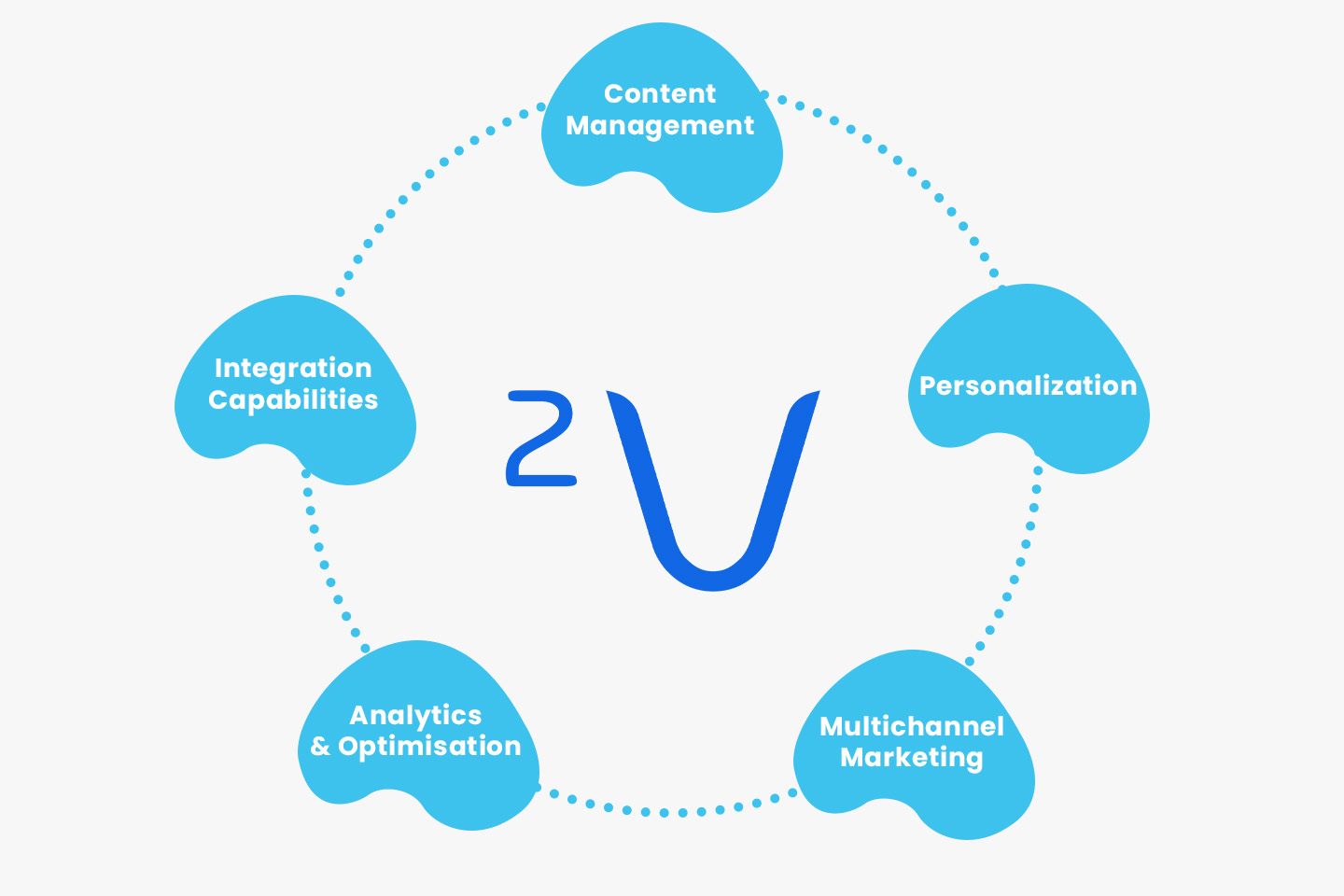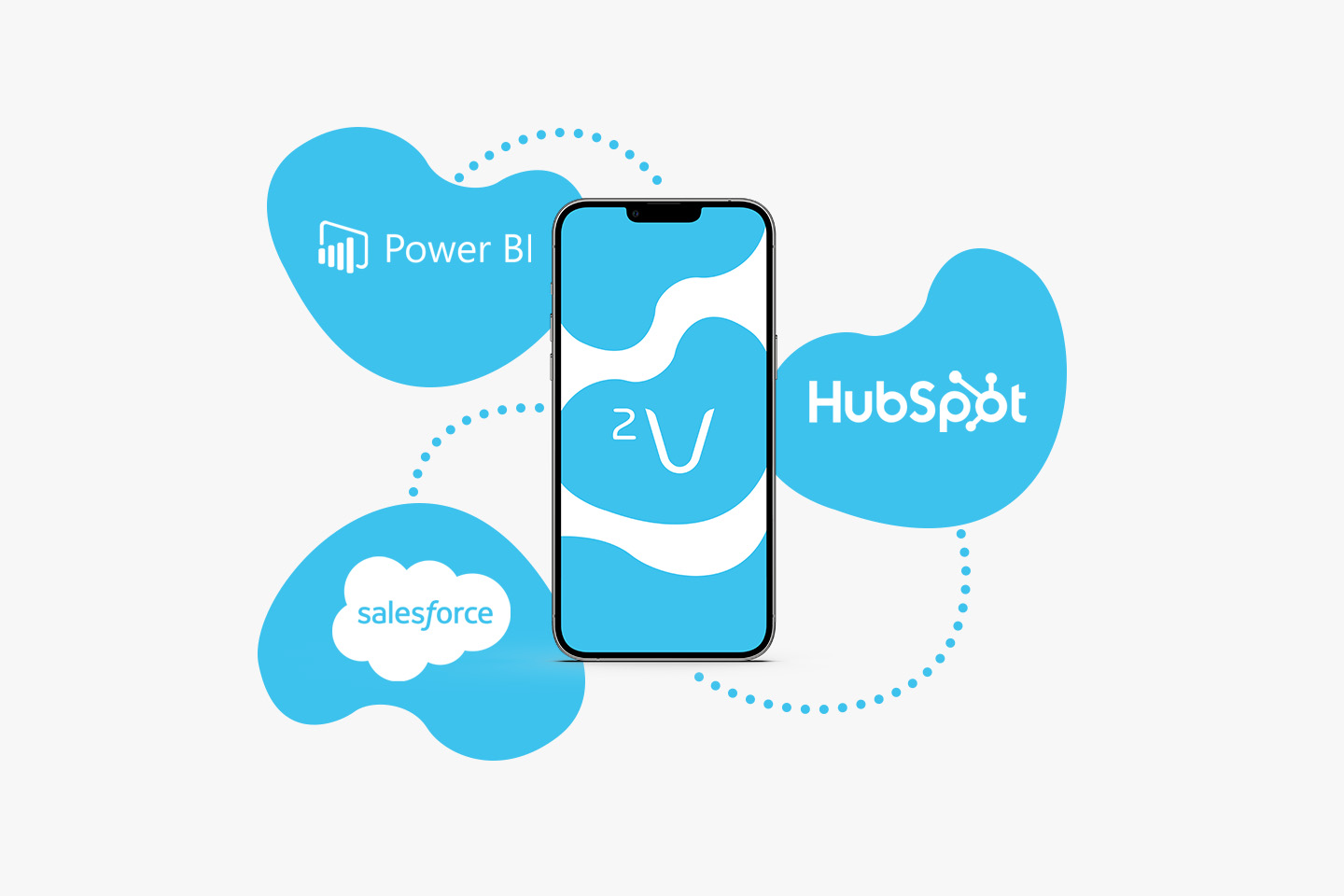In the era of big data, integrating various data sources has been a critical focus for businesses. While data integration is essential for consolidating information, it is no longer sufficient on its own. The real value lies in transforming this integrated data into real-time, actionable insights that teams can use in their everyday conversations. This blog explores why data integration is just the beginning and how delivering real-time insights can drive meaningful business outcomes.
The Limitations of Data Integration
The Integration Challenge:
Data integration involves combining data from different sources to provide a unified view. This process is crucial for eliminating data silos and ensuring consistency. However, merely integrating data does not automatically make it useful. Integrated data often sits in dashboards and reports, waiting to be analyzed and acted upon.
The Dashboard Dilemma:
Traditional dashboards, while useful, can be overwhelming and time-consuming. Teams must sift through numerous charts and graphs to find relevant insights. This approach is not only inefficient but also delays decision-making, making it difficult to respond to real-time challenges and opportunities.
The Need for Real-Time Actionable Insights
Real-Time Relevance:
In today’s fast-paced business environment, real-time insights are essential. Teams need timely and relevant information to make informed decisions during everyday conversations. Real-time insights provide the agility to respond quickly to changing market conditions, customer needs, and internal dynamics.
Actionable Insights:
Actionable insights go beyond mere data presentation. They provide clear, concise, and relevant information that teams can act upon immediately. These insights should be easily accessible and understandable, enabling teams to make data-driven decisions without getting bogged down by complex analyses.
Transforming Integrated Data into Real-Time Insights
- Implement Real-Time Data Processing:
To deliver real-time insights, businesses must implement real-time data processing capabilities. This involves using technologies that can ingest, process, and analyze data as it is generated, providing up-to-the-minute information.
- Use AI and Machine Learning:
AI and machine learning can play a crucial role in transforming integrated data into actionable insights. These technologies can analyze vast amounts of data quickly, identify patterns, and generate insights that are relevant and timely. AI-driven insights can help teams anticipate trends, detect anomalies, and make proactive decisions.
- Contextualize Insights:
Providing insights in context is essential for their relevance and usability. Contextual insights consider the specific needs, roles, and objectives of different teams. For example, sales teams might need insights on customer behavior, while operations teams might focus on supply chain data. Contextualized insights ensure that each team receives information that is directly applicable to their work.
- Integrate Insights into Everyday Tools:
To make insights actionable, integrate them into the tools and platforms that teams use daily. This could be CRM systems, collaboration tools, or communication platforms. By embedding insights directly into these tools, teams can access relevant information in real-time, during their workflows and conversations.
- Simplify Data Presentation:
Presenting data in a simple and intuitive format is crucial for making it actionable. Use visualizations, summaries, and alerts to highlight key insights. Avoid overwhelming users with complex dashboards; instead, focus on delivering clear and concise information that drives action.
The Benefits of Real-Time Actionable Insights
- Faster Decision-Making:
Real-time insights enable teams to make quick and informed decisions. This agility is crucial for staying competitive and responding to market dynamics effectively.
- Improved Collaboration:
When insights are readily available and easily understandable, teams can collaborate more effectively. Real-time insights facilitate informed discussions, aligning teams around data-driven strategies.
- Enhanced Customer Experience:
By leveraging real-time insights, businesses can anticipate customer needs and deliver personalized experiences. This proactive approach improves customer satisfaction and loyalty.
- Increased Efficiency:
Real-time insights streamline workflows by reducing the time spent searching for information. Teams can focus on executing strategies rather than analyzing data, leading to higher productivity and efficiency.
Conclusion
While data integration is a foundational step, it is not enough to drive business success. The true value of integrated data lies in delivering real-time, actionable insights that teams can use in their everyday conversations. By implementing real-time data processing, leveraging AI, contextualizing insights, integrating them into everyday tools, and simplifying data presentation, businesses can unlock the full potential of their data. At 2Viz, we specialize in providing solutions that transform integrated data into real-time insights, empowering teams to make data-driven decisions with confidence. Contact us today to learn how we can help you turn your data into actionable insights.






